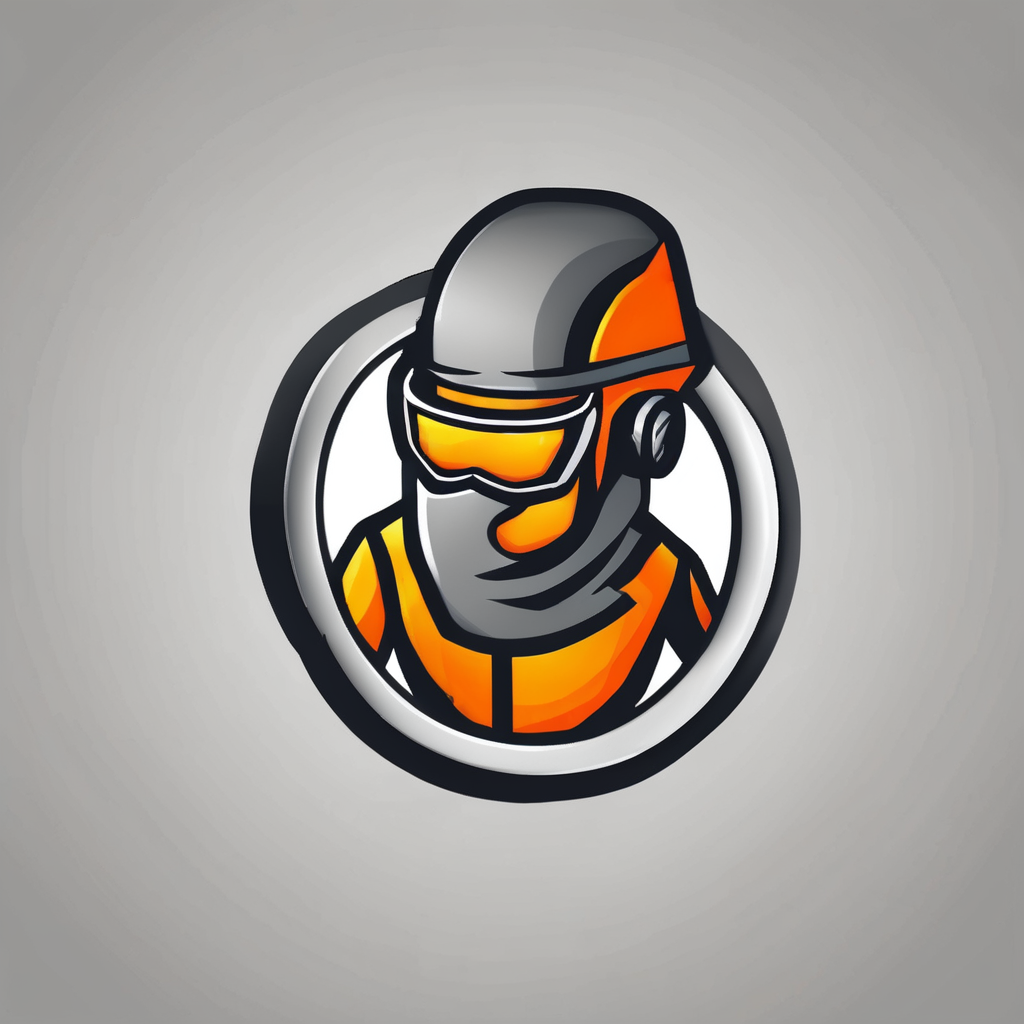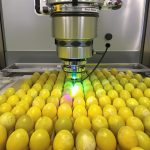Enterprises face evolving risks that demand integrated safety and security solutions tailored to protect assets, people, and data. Advanced systems combine real-time monitoring, smart detection, and swift response to reduce vulnerabilities. Understanding how these technologies work together empowers organizations to build resilient environments while optimising resources and compliance. This approach transforms security from a reactive cost into a strategic advantage.
Empowering Enterprises and Homes with Advanced Safety and Security Systems
Modern safety solutions extend far beyond simple alarms, aiming for comprehensive protection of assets, people, and sensitive data. In today’s landscape, safety equipment workers are a fundamental part of both enterprise and residential environments, supporting implementation, maintenance, and compliance for intricate systems.
This might interest you : How Can We Enhance Employee Engagement in UK Businesses?
With threats ranging from physical intrusion to cyber breaches, a layered approach is necessary. Integrated systems now combine fire detection technology, intrusion alarm solutions, CCTV surveillance systems, and building access control methods to ensure maximum coverage. AI-powered video analytics can now detect anomalous behaviour in real time, delivering prompt alerts for faster response. Wireless security sensors and cloud-based management tools give property managers and homeowners the flexibility to adapt quickly, all while ensuring seamless operation and easy scalability.
Compliance with regulatory requirements remains critical, especially for organizations handling personal or confidential information. Proactive protocols—such as emergency evacuation procedures, employee safety training programs, and cybersecurity for physical security—increase preparedness and resilience. The adoption of unified security platforms that link access control, surveillance, and alarms into a central dashboard streamlines both monitoring and emergency action, transforming security from a passive shield into a dynamic, proactive solution.
This might interest you : How Can Emerging Technologies Revolutionize UK Business Growth?
Technologies Transforming Safety and Security
AI and Automation for Surveillance, Detection, and Emergency Alerts
AI integration in security now enables rapid, multi-layered threat detection across residential and enterprise settings. Video monitoring best practices recommend combining video analytics in security with sensor integration in safety devices to reduce false alarms and speed emergency response. Modern systems generate real-time alert notifications in the event of intrusion or fire detection technology triggering, immediately notifying on-site or remote users. Automated lockdown features, including door controls and cloud security integration, add another layer of resilience.
Cloud-Based and IoT Solutions Enabling Remote and Unified Management
Cloud-based security management and IoT-enabled security tools allow seamless access control, expanding surveillance with remote monitoring capabilities. Unified platforms connect intrusion alarm solutions, fire detection technology, and CCTV surveillance systems for streamlined oversight. These smart building security integration solutions make employee safety training programs and alarm monitoring services more effective, with on-demand access to camera footage and security system scalability.
The Rise of Smart Sensors and Integrated Safety Devices
Sensor integration in safety devices, from wireless security sensors to heat and smoke detectors, powers proactive risk assessment processes. These sensors fuel alert notifications and trigger evacuation protocols. Smart building security integration also supports routine safety protocol development, keeping safety system upgrades efficient and up-to-date. This innovation strengthens safety compliance standards for public, residential, and workplace environments.
Comparing Solutions: Features, Benefits, and Use Cases
Various security camera types are at the heart of robust home and enterprise safety, each designed to meet specific risk profiles and environments. Dome cameras often provide wide-angle surveillance, while bullet cameras excel at covering perimeters. PTZ (pan-tilt-zoom) cameras allow remote adjustments to maximize coverage. In enterprise applications, these camera types integrate seamlessly with video analytics in security, empowering systems to distinguish between routine activity and genuine threats using AI-driven threat detection algorithms.
Effective intrusion detection software supports layered protection in both residential and corporate settings. Combining wireless sensors, real-time alert notifications, and automated lockdown features, advanced solutions not only identify unauthorized access instantly but also trigger rapid responses—such as activating alarms or initiating emergency evacuation protocols.
When a threat emerges, panic button installation and emergency lighting solutions dramatically reduce confusion. These tools signal for help and illuminate escape routes, supporting orderly evacuations. Businesses and public spaces often combine these features with perimeter security strategies, integrating barriers, sensor-equipped fencing, and biometric access controls to prevent unauthorized entry and streamline crisis management.
Across all contexts, the interplay of security camera types, intrusion detection software, and video analytics in security enables a tailored solution—protecting assets while supporting day-to-day convenience and safety.
Best Practices for Implementation and System Optimisation
Assessing needs and selecting technologies for unique environments
Start with a robust risk assessment process. Identify critical vulnerabilities and prioritize areas by integrating hazard identification techniques and safety risk mitigation techniques. Select building access control methods that align with the layout and operational routines of the site—biometric access controls and wireless security sensors adapt well to both residential and business settings.
Choose surveillance solutions and fire detection technology that can be centrally managed using cloud-based security management for enhanced remote monitoring capabilities. Solutions featuring integrated fire and security alarms bring multi-layered threat detection and real-time alert notifications.
Ensuring compliance, ongoing training, and community collaboration
Adhering to safety compliance standards means following security system installation guidelines that align with current regulatory requirements for safety tech. Consistent employee safety training programs are essential—these should be updated regularly to keep pace with changes in intrusion alarm solutions and emergency evacuation protocols.
Engage in disaster preparedness planning with support from community safety initiatives and safety protocol development. Collaboration can support improvement in emergency response coordination and advance risk reduction through safety auditing services.
Steps for installation, regular maintenance, and continuous improvement for maximum protection
Install hardware according to detailed manufacturer and site-specific security system installation guidelines. Maintenance plans for safety devices, such as routine alarm system testing procedures, ensure longevity and reliability. Frequent review and upgrades, informed by data on emerging intrusion detection software and video analytics in security, facilitate continuous safety system improvement.







